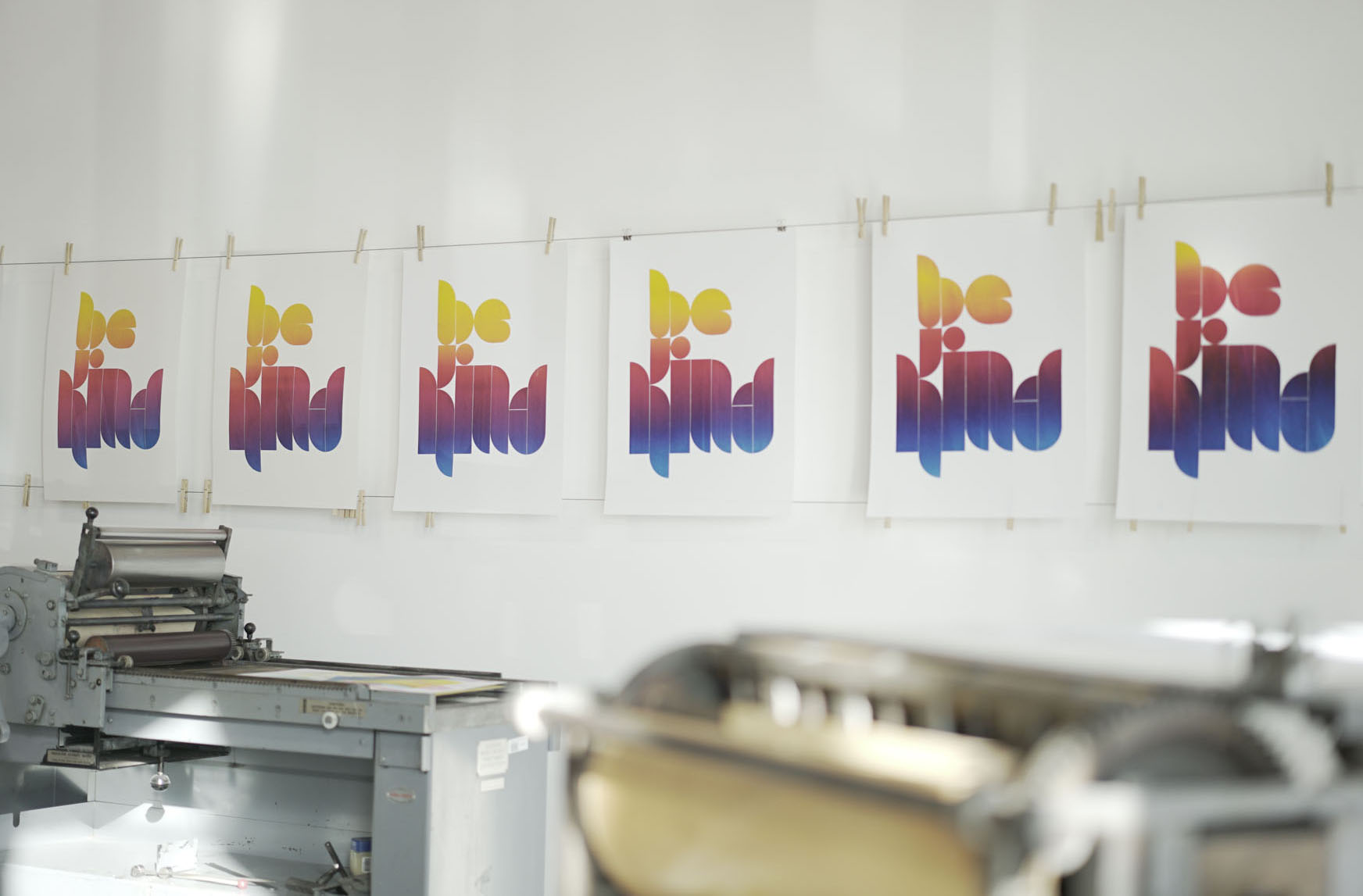MFA Thesis
The Puzzling Modular Type System

Puzzle Pieces
Dividing the grid
This project spans the full cycle of deconstruction to creation. Beginning with the examination of the existing typographic landscape and the current practices in type design, I transitioned into exploration of how shapes form into symbols that can communicate information and aesthetic expression. By breaking down letterforms into their most basic geometric shapes I was able to establish a system of physical exploration that not only enables but promotes tangible interaction in the type design process. With the use of the letterpress as the vehicle for output the process has an association with the origins of modern typographic communication built into it, providing context for past and future directions in type design.


























